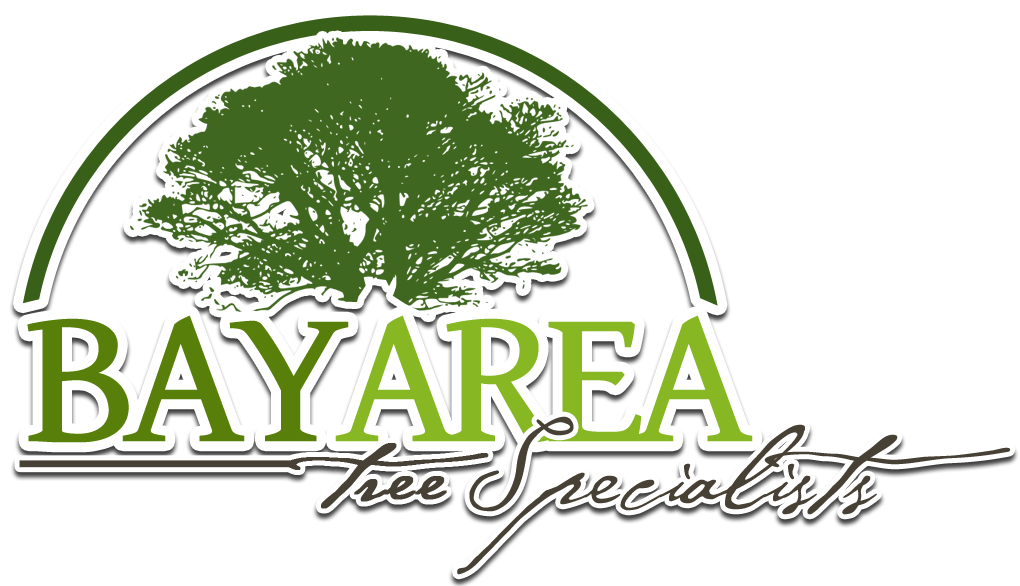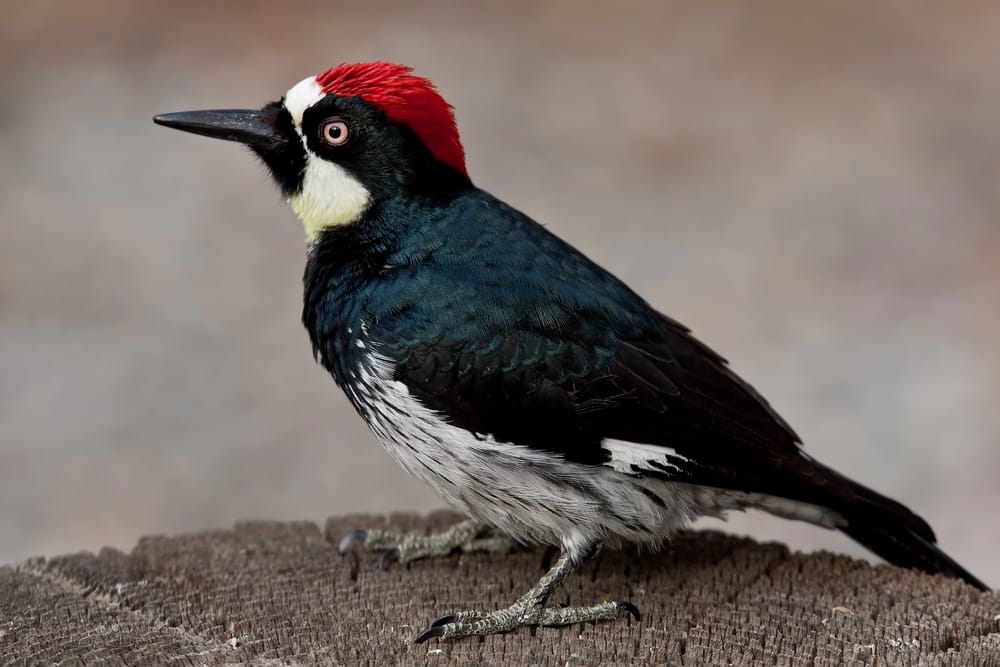Arborists in San Jose, CA, Share Tips for Handling Bird-Related Tree Damage.
A Guide for Bay Area Homeowners
Birds are an essential part of the Bay Area ecosystem, adding biodiversity, pollination benefits, and a sense of calm to residential landscapes. But not every feathered visitor is a welcome guest, especially when their presence begins to take a toll on your trees. In San Jose, where ornamental and native trees play a key role in urban landscapes, certain bird species can cause real damage to tree bark, limbs, and crowns.
Here’s how to tell if birds are harming your trees, which species to watch for, and how to respond in a responsible, eco-friendly way.
Native Birdlife and Tree Ecosystems in the Bay Area
San Jose’s climate and urban green spaces provide a home to dozens of bird species year-round. While most are harmless or even helpful in controlling insects and pollinating plants, others can become a threat when their nesting or feeding behaviors interfere with tree health care.
Helpful birds, like finches and hummingbirds, feed on nectar or insects without damaging bark or limbs. But others, particularly cavity-nesting or foraging species, can create problems in the following ways:
-
Repeated drilling into tree trunks
-
Aggressive territorial nesting that breaks limbs
-
Fecal contamination that affects the surrounding soil
-
Bark removal for nest lining or insect exposure
Understanding the local bird populations and their behaviors is a key step in protecting your trees.
Tree-Damaging Birds to Watch For in San Jose
Acorn Woodpeckers
Known for their “granaries,” these birds store acorns by drilling holes into tree trunks, sometimes hundreds in one tree.
-
Preferred trees: Oaks, eucalyptus, and softwoods
-
Signs of damage: Grid-like holes on trunks, often up and down the main stem
-
Risks: Weakened structural integrity, disease entry, and decay over time
European Starlings
This invasive species often displaces native birds and damages limbs when building nests in tree cavities.
-
Preferred trees: Any with large cavities or dead branches
-
Signs of damage: Nesting noise, broken twigs, excessive droppings
-
Risks: Overcrowding, branch breakage, increased fungal activity from waste
Western Scrub-Jays
These intelligent birds often strip bark from young trees to access insects or create nests.
-
Preferred trees: Saplings and young ornamental trees
-
Signs of damage: Missing bark, bark flakes on the ground
-
Risks: Exposure to pests, disrupted nutrient flow in trunks
Signs Birds May Be Damaging Your Trees
Spotting bird-related damage early can save you from expensive removals later. Look for:
-
Repetitive pecking holes in neat patterns
-
Clumps of bark stripped from branches
-
Unusual sap bleeding or staining down the trunk
-
Broken branches below nesting areas
-
Mold growth or insects where birds have exposed inner wood
-
Sudden decline in a previously healthy tree
If you see any of these signs, contact an ISA-certified arborist for a professional evaluation. Early intervention is the key to successful plant health care and avoiding premature tree removal.
Tree Damage Doesn’t Always Come from Birds Alone
It’s important to remember that bird activity can sometimes be a symptom of a larger tree issue, not the sole cause. For example:
-
Insect-infested trees often attract woodpeckers and jays, who are actually helping expose a hidden problem.
-
Dead or dying branches are more easily broken by nesting birds, but the decline may have started months earlier due to disease or root stress.
-
Improper pruning can create cavities or wounds that invite bird nesting.
In many cases, what looks like bird-caused damage is actually a combination of factors, including poor maintenance, compacted soil, or drought stress. A tree inspection can help determine the whole picture.
Humane and Effective Deterrents for Bird Control
We always advocate for ethical, non-lethal deterrent methods that maintain a healthy coexistence between people, trees, and wildlife.
Some bird-safe tree protection strategies include:
-
Reflective deterrents like shiny streamers or old CDs near the trunk
-
Noise deterrents (used occasionally) like wind chimes or ultrasonic bird repellers
-
Tree wraps to shield young trunks or damaged areas
-
Nesting boxes installed away from vulnerable trees to redirect activity
-
Strategic pruning to reduce roosting opportunities
Always check local wildlife protection laws before interfering with active nests; many birds in California are protected under the Migratory Bird Treaty Act.
The Bay Area’s Unique Tree Vulnerabilities
San Jose’s tree canopy is highly diverse, from redwoods to Japanese maples to native oaks. But this diversity also means some trees are more vulnerable to bird activity due to:
-
Drought sensitivity: Dry trees are more brittle and prone to bark cracking
-
Urban stress: High-traffic areas reduce natural predator populations that would otherwise control invasive birds
-
Age: Mature trees may have natural cavities and cracks that invite unwanted nesting
-
Landscape overwatering: Can attract insects, which in turn attract birds
Our arborists understand these local variables and can recommend region-specific tree trimming and risk mitigation plans.
Partner with Bay Area Tree Specialists
At Bay Area Tree Specialists, we take a proactive and holistic approach to tree care. Whether birds are the problem, or just the messenger, we’ll help you understand what’s affecting your tree’s health and how to respond.
Call today to schedule your tree evaluation and protect your landscape from avoidable damage!


